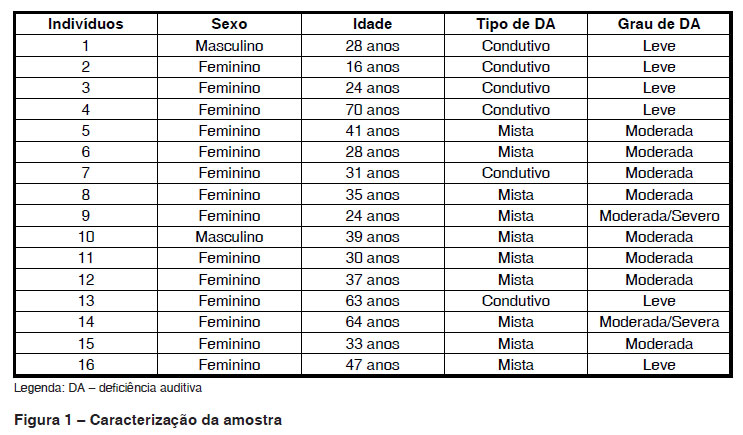PURPOSE: this study aimed at examining the influence of transducer's type in the amount of masking needed to obtain air and bone conducted thresholds in subjects with conductive and mixed hearing losses. METHOD: 16 patients with symmetric bilateral conductive hearing deficiency or mixed hearing loss with air-bone gap of at least 15dBNA were examined. The subjects underwent clinical history, otoscopy and acoustic immittance measures (tympanometry and acoustic reflex), and subsequently, pure tone and speech audiometry (SRT and WRS). Pure tone threshold and speech audiometry were performed both with supra-aural TDH-39 and insertion earphones ER-3A. RESULTS: there was no statistically significant difference between the ears regardless of the type of transducer. The amount of masking used with the insertion earphone ER-3A in order to test the air thresholds, in the frequencies of 250Hz and 500Hz, was lower than the one used with supra-aural headset with statistical significance. CONCLUSIONS: transducer's type influences in the amount of masking used in order to obtain air and bone conducted thresholds, mainly in the low frequencies, whereas the amount of masking with the insertion phone is smaller, both for testing the air as well as the bone thresholds.
Hearing Loss, Conductive; Perceptual Masking; Hearing Aids; Audiometry, Pure-tone



